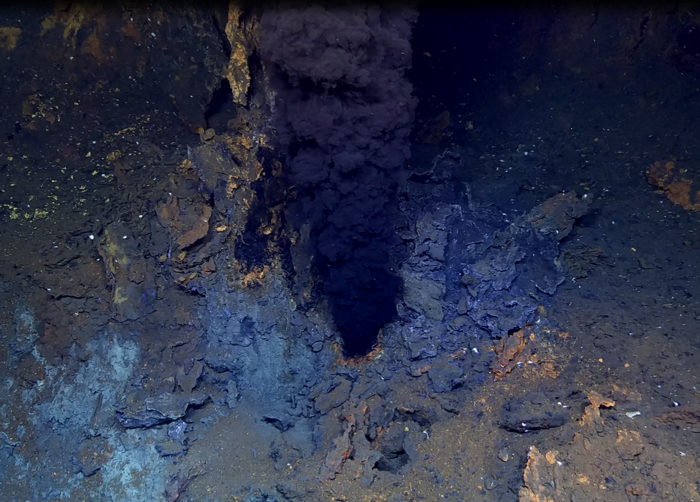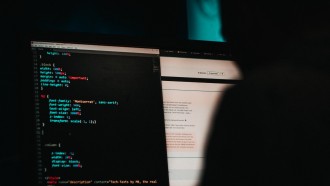Hiding underneath the Arctic sea ice, researchers claim that it discovered rare new species that take in hydrothermal plumes from underwater volcanoes to survive. These new organisms excited the researchers as they live in one of the most extreme conditions in the world, in a cold, dark, and wet smoke from 2,500 meters below the surface.
These underwater volcanoes, also referred to as hydrothermal vents, bring hot fluids to the surface, and their reaction to the cold, deep water in the sea causes significant smoke to rise.
Life from the Smokes: Researchers Discover New Organisms

(Photo : HACON cruise 2021, REV Ocean)
The Max Planck Institute for Marine Microbiology announced in a press release that it discovered a new species of bacteria in the Arctic Sea, particularly at its depths reaching as much as 2,500 meters underwater.
One of the authors and researchers, Massimiliano Molari, shared their new findings about the genome, Sulfurimonas, which lives off the hydrothermal plumes from its depths, right on the tectonic plates' boundaries.
"We think that the hydrothermal plume does not only disperse microorganisms from hydrothermal vents, but it might also ecologically connect the open ocean with seafloor habitats," Molari said.
The team's research, published in Nature's publication, brought significant knowledge about the USulfurimonas' (the superscript "U" stands for uncultivated) existence in the Arctic's underwater volcanoes.
Read Also: Fast-Melting Glaciers Are Unleashing Vast Amounts of Bacteria, Scientists Warn
Underwater Volcanoes in the Arctic Harbors Life
"We sampled plumes in extremely remote areas of ultraslow spreading ridges that were never studied before. Collecting hydrothermal plume samples is very complicated, as they are not easy to locate," said Antje Boetius, leader of the study.
The team initially thought that these bacteria only relied on sulfide as their energy source, but this new study centers on their reliance on oxygen-heavy hydrothermal plumes, a first in research.
"That means we have to rethink our ideas on the ecological role of Sulfurimonas in the deep ocean - they might be much more important that we previously thought," Molari added.
Bacteria in Extreme Conditions
These single-celled organisms, also commonly known as Bacteria, are found almost anywhere, even on a workspace table, seats, utensils, handles, even on one's hand. However, researchers looked into their massive resilience even in the most extreme conditions present, with one experiment which put them outside of the International Space Station, which survived for a year.
Bacteria may both be good and bad, and these help in cultivating life or its cycle, contributing also to many different fields.
There was one study that centered on recycling electric vehicle batteries using bacteria, and this is under the process called "Bioleaching," expanding more of their use in technology.
While space is one of the most unforgiving living environments present, bacteria still show their capabilities and resilience to these conditions to survive anywhere at any time. This is also the same case in the recent study on the smoke coming from the underwater volcanoes in the Arctic, with the Sulfurimonas showing how much it can endure, relying only on the plumes.
Related Article: Scientists Employ Laser Tech for Quick Identification of Bacteria in Fluids






